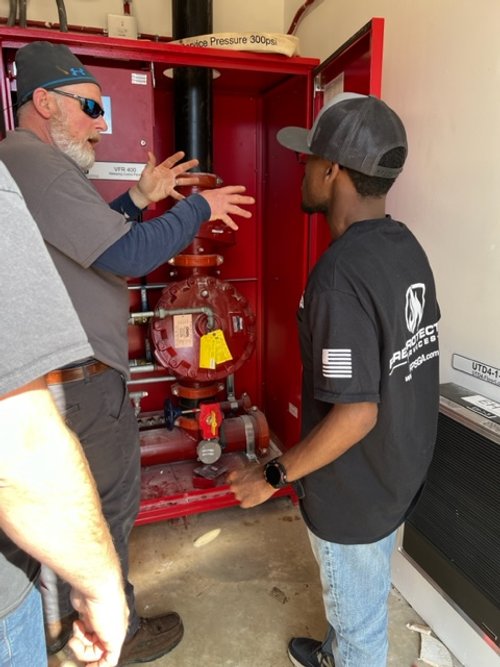Riding the Waves of Indoor Rowing
By Kevin Enners
The echo of fly wheels reached my ears the moment we entered the gymnasium on Georgia Tech’s campus and my heart danced with excitement. It had been over a decade since my dad and I had competed in The Atlanta Erg Sprints. As we signed in, I was struck by a maelstrom of emotions.
I got into rowing in the early 2000s on an indoor ergometer, the technical term for rowing machine. Originally meant to enhance off-season training for rowers, erging is gaining popularity worldwide as a sport within itself. When I first competed, there wasn’t a classification for physical disabilities, so I competed with able-bodied rowers in a 2000-meter sprint. This year, however, I was PR3 classified (disabled rowers who have been affected in their arms, trunk, and legs) for the 1000-meter sprint.
Rowing is a tough sport. It requires a particular skillset that even the most elite rowers spend years trying to hone. Further complicating the plot, each workout on the ergometer is a dance with my cerebral palsy and dystonia.
There have been multiple revisions to the equipment that enables me to row – the early versions were archaic to say the least. However, my dad and I found an adaptive rowing seat. With this gamechanger, I was able to stabilize myself and row stronger and longer. To keep my ever-moving hands on the row bar, we use pipe insulators (purchased at Home Depot) wrapped in bike handlebar tape. Along with the security of my Active Hands, which strap my hands to the pipe insulators, I am able to row independently, confidently and safely.
Racing tactics are very much at the forefront of erging competitions. In preparation for this year’s event, I needed to amp up my sprinting game. During my training, I had been sprinting through intervals of five minutes, following a 2k plan. So, my body was accustomed to rowing longer. Not necessarily a good thing for a 1k all-out sprint.
Even as I was warming up pre-race, I was scrambling to design my race strategy. I decided to just truncate my rowing tactics – hard for 250m, steady for 500m, then drill the last 150m. If I committed to that first set of meters, I knew I could get my breath back in the longer stretch before burying it at the end.
A sense of pride washed over me as I finished. My legs shook from the adrenaline rush. With a time of 5:30.9, I had set a record for the physically challenged division.
Rowing has had a profound impact on me. It has taught me that we are always evolving, physically and mentally, along with our dreams and goals. Moving forward requires developing new skills and understanding that failure may rear its ugly head. Yet, we must accept the possibility that we may fail. It’s okay to fail. Sometimes, it is necessary. Failure presents an opportunity to address our flaws and transform them into our strengths.
As I get older, I find mechanical sounds very satisfying – the click of sprockets feeding a bike chain in a perpetual cycle, the whoosh of an ergometer’s fly wheel – it’s the harmonious symphony of hard work paying off. Even if it’s only for five minutes.

















